Eps Topik Self Study Text Book In English
This textbook is designed to help studying ( 한국어 표준교재 개정판) the Revised Edition of the Standard Korean
Language Textbook , which was written to help prepare for the Korean Language Proficiency Test under the Employment Permit System.
This book was developed for self-study. Especially, people from English-speaking countries can learn Korean easily and in a fun way.
It is a self-study material developed according to the local language and social and cultural environment. For this reason, the first part of the textbook
In this section, the differences between Korean and English are briefly summarized and presented.
1. 한글 익히기 1 Master Hangeul 1
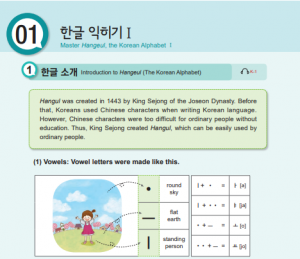
Since the creation of Hangeul by King Sejong the Great in 1443, Koreans have used Chinese characters to write Hangeul. However, Chinese characters were too difficult for ordinary people who had no education. Thus, King Sejong created Hangeul that ordinary people could use easily.
2. 한글 익히기 Ⅱ Master Hangeul, the Korean Alphabet Ⅱ
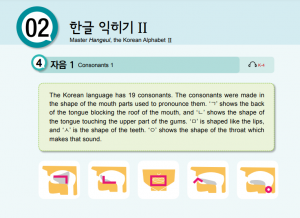
The 19 consonants in Hangeul are divided into 14 lenis and 5 fortis and aspiration. Final consonants Except for ㅃ, ㄸ, ㅉ, all consonants can be attached to the bottom of a syllable. However, there are only 7 different ways of pronouncing all final cosonants. Double final consonant is a word with two consonants. The final consonant is pronounced linked when it meets a vowel.
3. 교실 한국어 Korean Classroom Expressions
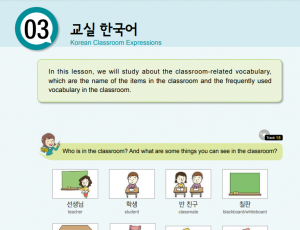
In this lesson, we’ll study concerning the classroom-related vocabulary, which area unit the name of the things within the classroom and therefore the often used vocabulary within the classroom.
4. 안녕하세요 Hello
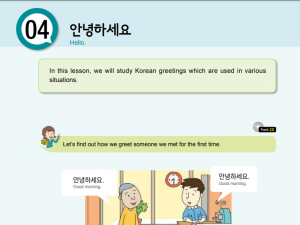
In this lesson we will study Korean greetings which are used in various situations.
- how we greet someone when we met for the first time.
- how we greet each others when bidding farewell to someone.
- how we say thanks to someone or apologize.
5. 주말 잘 보내세요. Have a great weekend
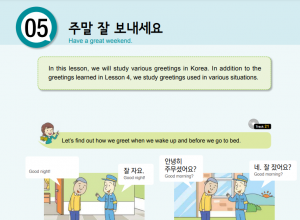
In this lesson we will study various greetings in Korea. In addition to the greeting learned in Lesson 4 we study greeting used in various situations.
- how we greet when we wake up and before go to bed.
- What do we say before and after meals?
- how we greet in a meal situation.
- what we say to have a good time on weekend.t how to celebrate.
6. 저는 투안입니다. My name is Tuan
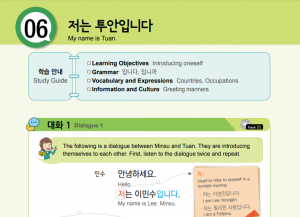
- Learning Objectives : Introducing oneself
- Grammar : 입니다, 입니까
- Vocabulary and Expressions : Countries, Occupations
- Information and Culture: Greeting manners
7. 여기가 사무실이에요. This is the office.
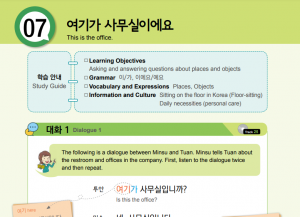
학습 안내 Study Guide
- Learning Objectives
Asking and answering questions about places and objects - Grammar 이/가, 이에요/예요
- Vocabulary and Expressions Places, Objects
- Information and Culture Sitting on the floor in Korea (Floor-sitting)
Daily necessities (personal care)
8. 12시 30분에 점심을 먹어요. I have lunch at 12:30pm
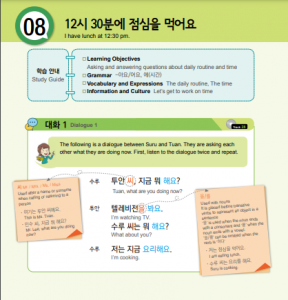
학습 안내 Study Guide
- Learning Objectives
Asking and answering questions about daily routine and time - Grammar –아요/어요, 에(시간)
- Vocabulary and Expressions The daily routine, The time
- Information and Culture Let’s get to work on time
9. 가족이 몇 명이에요? How many family members do you have?
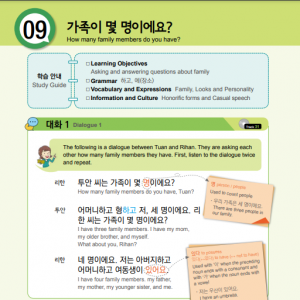
학습 안내 Study Guide
- Learning Objectives
Asking and answering questions about family - Grammar 하고, 에(장소)
- Vocabulary and Expressions Family, Looks and Personality
- Information and Culture Honorific forms and Casual speech
10. 어제 도서관에서 한국어를 공부했어요. I studied Korean at the library yesterday
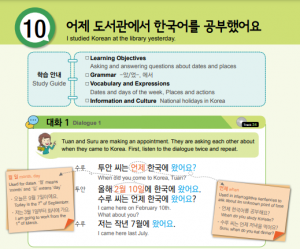
학습 안내 Study Guide
- Learning Objectives
Asking and answering questions about dates and places - Grammar –았/었-, 에서
- Vocabulary and Expressions
Dates and days of the week, Places and actions - Information and Culture National holidays in Korea
11. 사과 다섯 개 주세요. Please give me five apples.
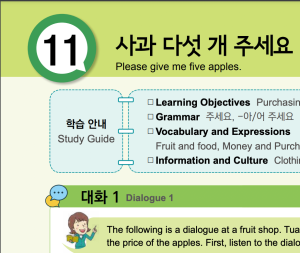
학습 안내 Study Guide
- Learning Objectives Purchasing goods
- Grammar 주세요, -아/어 주세요
- Vocabulary and Expressions Fruit and food, Money and Purchasing goods
- Information and Culture Clothing
Thanks for eps book
Nice book
thank you